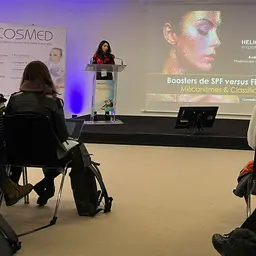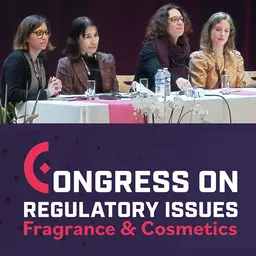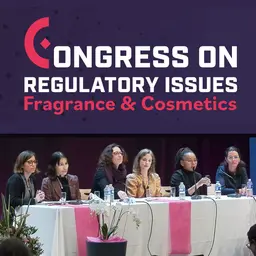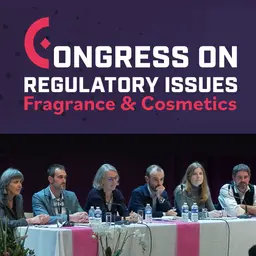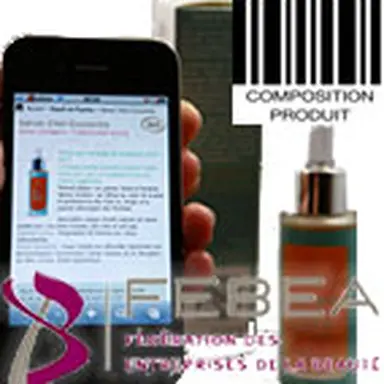
The quantity of information to be provided on cosmetic product labels is already quite significant, and the possibility to have to add the presence of an ever-increasing number of allergens has only reinforced the desire for a dematerialized system. Unreachable dream or close reality? On October 21, 2016, at the conference morning on connected beauty organized by the FEBEA (French Federation of Beauty Companies), Françoise Audebert, Scientific & Regulatory Advisor of the Federation, made a complete update on this issue.
As an introduction, Françoise Audebert described the current situation.
• Details on all the information to be provided on labels can be found in Article 19 of Cosmetics Regulation 1223/2009, which is dedicated to labelling. The obligations the Article involves are intended for consumers to get all the elements they need to make a well-informed choice and safely use their products, before they buy and use them.
• Following a 2012
Opinion of the SCCS
, in 2014, the European Commission offered
to review the Regulation
(the Revision has not been adopted to this day) to extend the requirements on the labelling of perfume ingredients presenting an allergenic potential in the list of ingredients, which would increase the number of labelled substances from 26 to over 80.
• There must also be enough space left on labels – which travel with products all around the world – to integrate the mandatory translation of various indications in the national languages of the countries where products are marketed…
All this is quite a lot… and far too much for the cosmetics industry:
‘Informed consumers does not necessarily rhyme with well-informed consumers,’
Françoise Audebert emphasized.
Besides, it is specified in the Regulation that …



